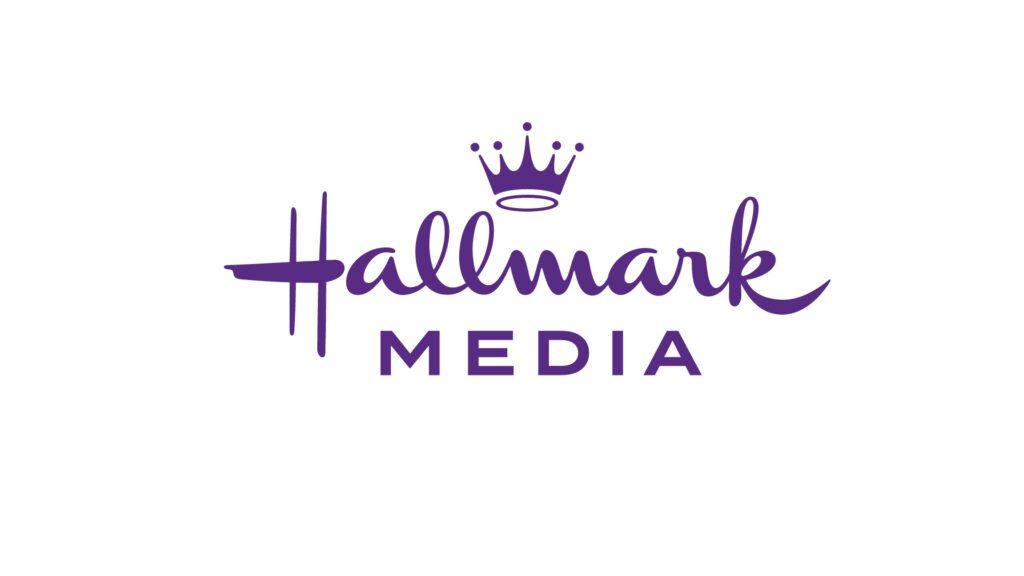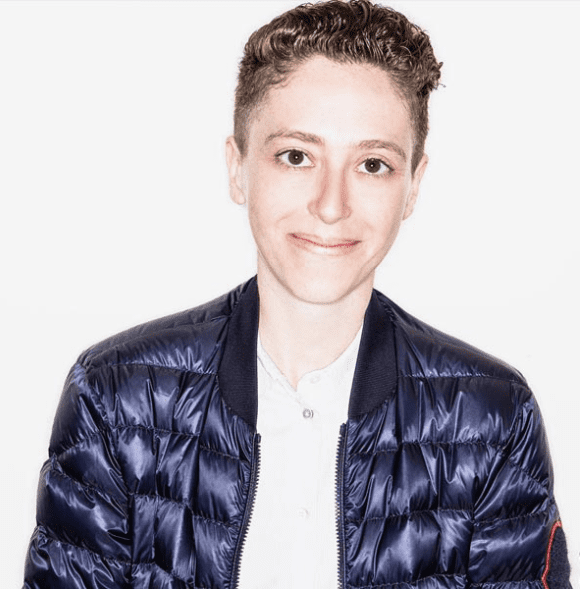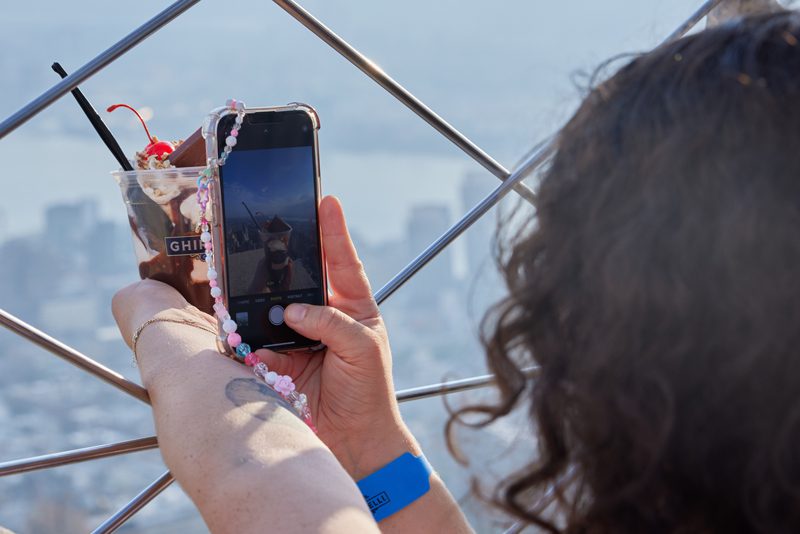Dairy Queen Has Launched its largest campaign since the popular ice cream dessert called Blizzard debuted in 1985.
The company has a $25 million budget (25% slated for promotion) to market its new summertime treats: waffle cones and bowls. The campaign includes an online contest and viral marketing on social networking and video-sharing Web sites.
In the Freeze, Click, Win contest, Dairy Queen is encouraging people to upload photos of themselves with family, friends and pets enjoying a waffle bowl or cone at a local store to www.DairyQueen.com.
The entry earns the participant a chance to win daily prizes of $500. The submissions will be posted at the site, along with the winner of the day.
“From a promotions standpoint, we try with any major marketing effort to stimulate the senses of consumers on all possible levels,” says Tim Hawley, vice president of marketing communications for International Dairy Queen.
Site visitors can rate the photos and vote for their favorites. The two month-long promotion, handled by entertainment marketing firm Alliance, runs through July 27.
New TV spots feature two characters — Waffles and Soft Serve. The humor-filled ads, created by Grey Worldwide, chronicle the characters’ love story — from how they met to their visit to a genetics counselor. The storyline reflects how the two “are made for each other.”
Each character dons a costume specific to the new products. Waffles is a man in a waffle bowl outfit covered in chocolate sauce. Soft Serve, the female half of the duo, represents the chain’s famous soft-serve vanilla ice cream.
Last month, Dairy Queen held a PR event in a Las Vegas chapel. As part of the stunt, Waffles and Soft Serve traveled to Sin City to get married to hype up the compatibility of the two products. Dairy Queen celebrated the “wedding” with a reception in a local store. Before the big event, the two made an appearance at a Children’s Miracle Network Hospital.
Other “real” newlyweds were invited to join. And those who arrived in their wedding attire received a free waffle bowl or cone.
Some of the wackiest moments of the wedding are being streamed on www.MySpace.com as part of a viral campaign. The digital content is part of a broader interactive approach Dairy Queen is using to test consumers’ interest in its products.
“One of our corporate initiatives was to begin to explore the power of digital marketing to continue to build brand awareness and brand relationships with customers,” Hawley says. “We are doing a number of explorations through this medium, one of which is through this promotion.”
A similar promo launched on www.Facebook.com, where Dairy Queen posted photos of Waffles and Soft Serve from the ad campaign and plugged the product launch and the online contest. It also invited visitors to attend the Las Vegas wedding as guests.
“People are very busy and fragmented in how they use media,” Hawley says. “Online has become a more important tool. It’s a great way to tap into that young adult market, which tends to be difficult to reach.”
Dairy Queen is also spreading the word about the treats to more than 1 million members of its Blizzard Fan Club via e-mail. The company uses the club to inform loyal customers about new flavors, incentives and promotions.
The freshly baked products, available in plain or chocolate-coated, complement Dairy Queen’s traditional vanilla cone. New waffle bowl sundaes sell for $3.50 each and come in three flavors: Chocolate Covered Strawberry, Turtle and Fab Fudge. The waffle cones sell for $2.60.
The launch follows two months of consumer testing. In-store, Dairy Queen will sample the cones and bowls.
ROAD TRIP/ILLINOIS USES INTERACTIVE BILLBOARDS TO PROMOTE ITS ATTRACTIONS
Looking for a fun place to go in Illinois? Ask Abraham Lincoln.
Five touch-screen displays in Chicago bus shelters are prompting visitors to take one of four virtual trips with the country’s 16th president as a guide.
The tours are part of a new campaign by the Illinois Bureau of Tourism to promote travel within the state.
The one-minute videos feature four unique road trips and highlight attractions and points of interest on Great River Road, 1-57, Lincoln Highway and Route 66. The bureau expects to reach, on average, between 30,000 to 50,000 people each day.
Like corn dogs? Commuters can hear about the Cozy Dog Drive-In in Springfield off Route 66. Want to brush up on other presidential history? Take a drive to Ronald Regan’s boyhood home and visitors center in Dixon.
“We want people to be inspired by the various road-trip destinations,” says Jan Kostner, deputy director, Illinois Bureau of Tourism.
One display features Lincoln holding a digital camera, which contains the touch-screen technology. Another shows the president peeking over the top of a map. They are set up like billboards in high-traffic areas near popular landmarks, including Wrigley Field, Union Station and CTA Blue Line Station. Large headlines draw people’s attention to smaller print, which says, “press here.”
“This is an innovative way to entertain and educate more people about Illinois,” Kostner says.
The effort, which runs through June, is part of a $205,000 tourism campaign “Illinois. Mile After Magnificent Mile,” which also includes print ads and posters. France-based JCDecaux manages the bus shelter ad space.
“We are in the age of the Jetsons now,” says Graham Woodall, chief creative officer at JWT Chicago, which handles the campaign. “This ended up being the perfect vehicle in high-traffic locations for people to be able to touch.”
— Amy Johannes
 Network
Network




